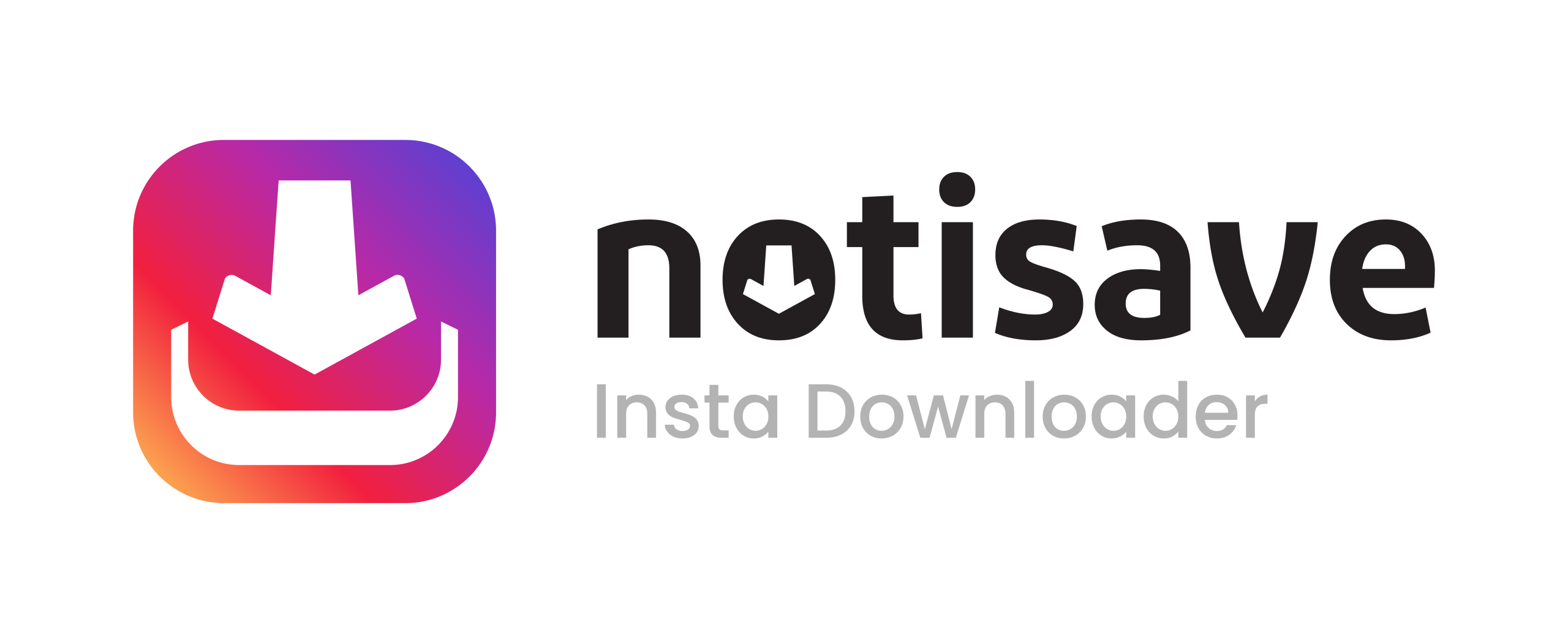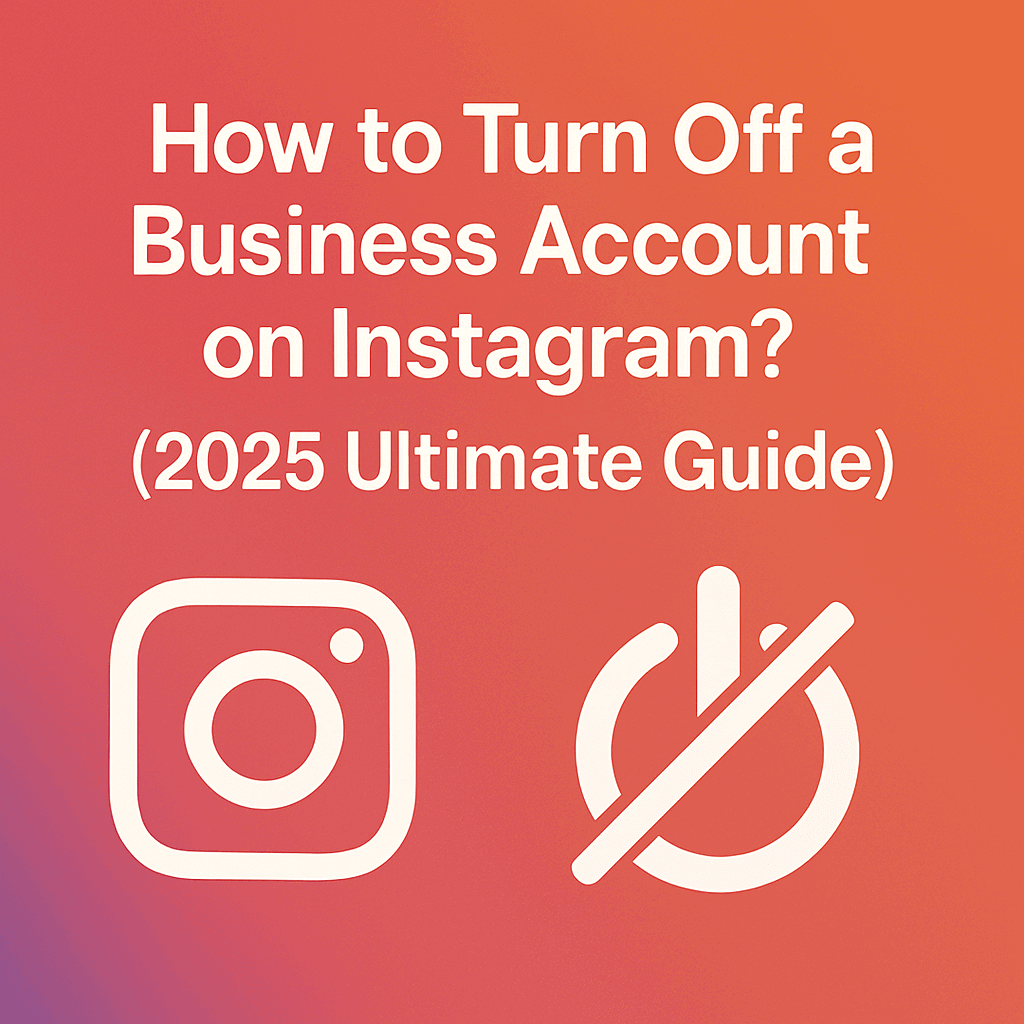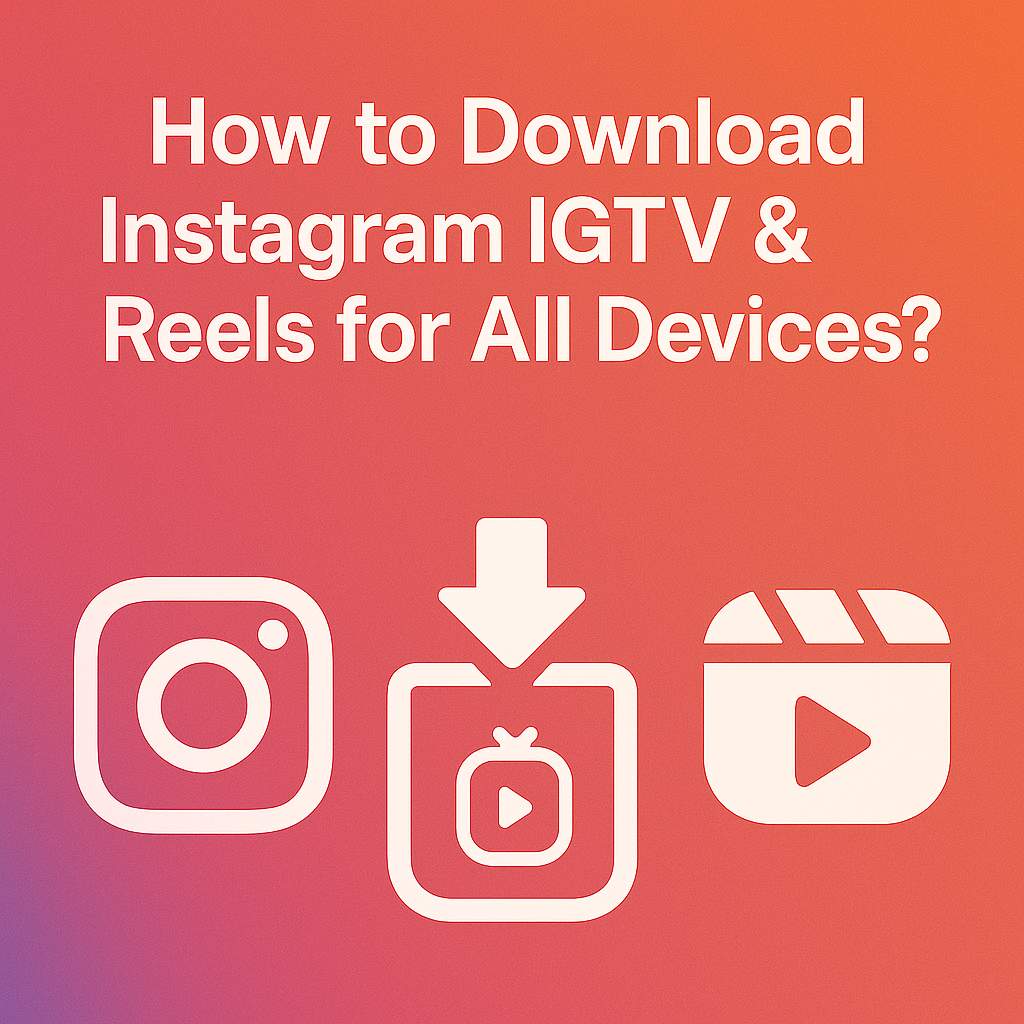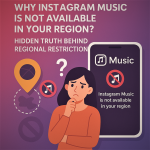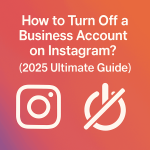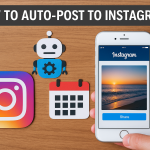Now Reading: How Do Collaborations & Influencer Marketing Work on Instagram?
-
01
How Do Collaborations & Influencer Marketing Work on Instagram?
How Do Collaborations & Influencer Marketing Work on Instagram?

How Do Collaborations & Influencer Marketing Work on Instagram?
How do some brands effortlessly grab attention on Instagram, build super-loyal fans, and grow like crazy? It’s a common question, and honestly, many marketers struggle with it. How do they do it? And why does it feel so challenging for everyone else?
It often comes down to really nailing Collaborations and Influencer Marketing on Instagram. This isn’t some super complicated, fancy strategy reserved for big corporations; it’s about connecting with real people through authentic voices.
Suppose you are tired of trying to figure out how to turn those casual likes into dedicated customers and endless scrolling into actual sales. In that case, the “How Do Collaborations & Influencer Marketing Work on Instagram?” guide is all about unlocking those transforming secrets. Don’t miss it!
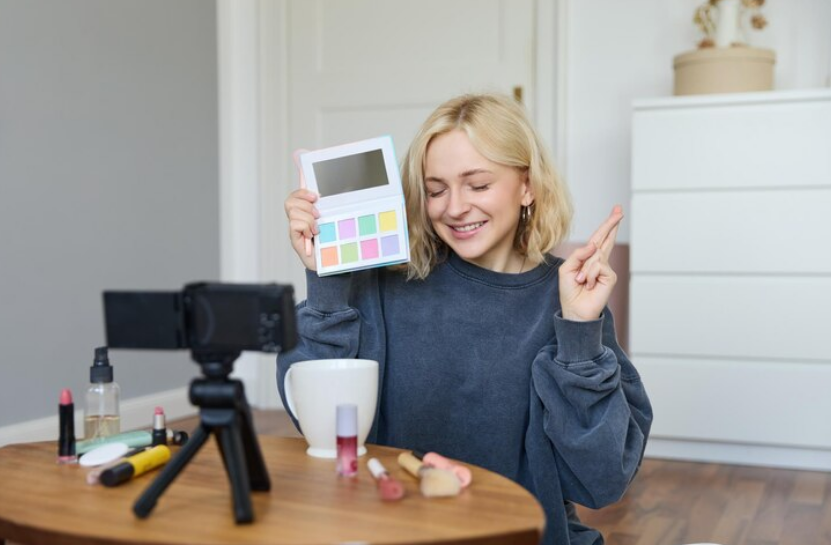
Understanding Collaborations and Influencer Marketing on Instagram
Instagram brand partnerships can take many forms, ranging from sponsored posts to long-term ambassadorships. At the core of these partnerships, a brand teams up with influencers, individuals who have cultivated a niche audience and earned their trust.
These influencers act as bridges between the brand and the audience, promoting products or services through their engaged followers.
The credibility and authority these influencers have within their niche make them invaluable in Instagram marketing strategies. The effectiveness of influencer marketing on Instagram lies in its ability to deliver messages through trusted voices rather than traditional ads.
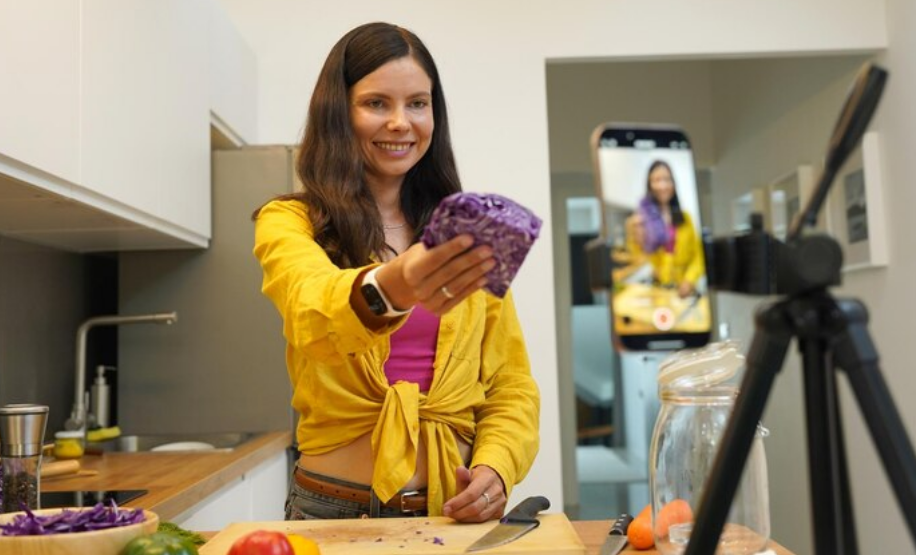
Types of Influencers on Instagram & Their Impact on Your Brand
Instagram influencers come in various shapes and sizes. Choosing the right influencer type for your campaign depends on your goals, target audience, and desired reach:
- Mega-Influencers: These influencers have millions of followers. While they provide mass exposure, they may not yield as high engagement rates.
- Macro-Influencers: With follower counts typically between 100,000 and 1 million, they offer a balance of reach and engagement.
- Micro-Influencers: With followings ranging from 10,000 to 100,000, these influencers are known for their higher engagement rates. Their community is often loyal and highly engaged.
- Nano-Influencers: They have the smallest following but are hyper-local or niche-specific, providing authentic connections and unparalleled trust with their audience.
Choosing the correct type of influencer depends on the nature of your campaign, whether you’re focused on mass awareness or deeper, niche engagement. Effective Instagram collaborations rely heavily on this strategic alignment.
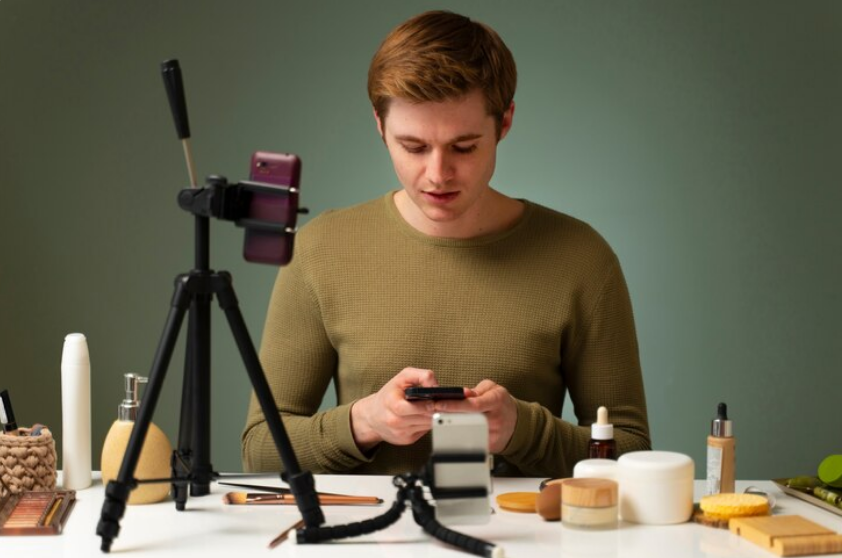
Crafting a Winning Influencer Marketing Strategy on Instagram
Creating a successful Instagram collaboration is a strategic endeavor. The steps involved require clear objectives, target audience analysis, and meticulous planning:
1.Define Your Objectives and Target Audience
Before reaching out to influencers, clearly define your campaign tracking goals. Are you aiming for brand awareness, increased sales, or higher engagement? Understanding your goals will guide your influencer selection.
Additionally, identify the demographics of the audience to ensure you collaborate with influencers whose followers align with your market. This foundational step is crucial for any successful influencer marketing initiative on Instagram.
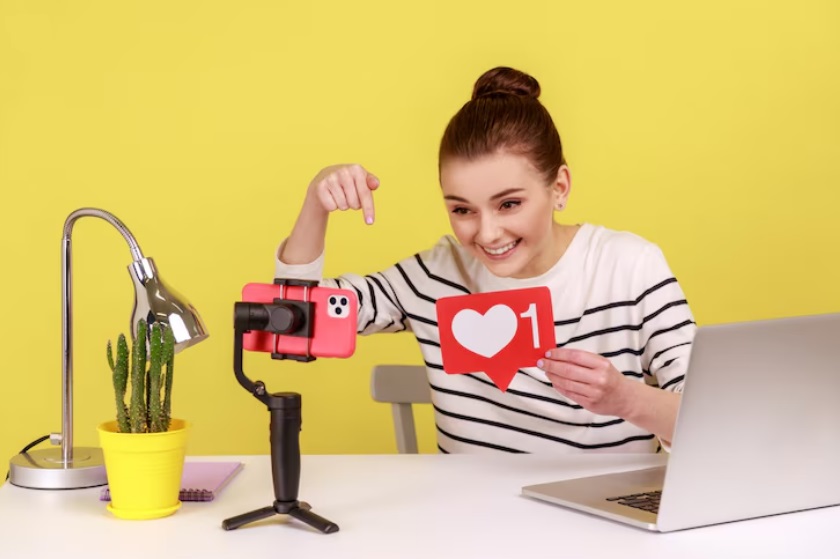
2.Identify the Right Influencers and Prevent Fraud
When selecting influencers, avoid basing your decision purely on follower count. Instead, evaluate engagement metrics such as comments, likes, and shares. Ensure influencers have genuine interactions with their followers.
To maximize ROI and avoid fraud, use reliable tools to detect fake followers and unnatural engagement, like “engagement pods.”
Effective influencer outreach requires a personalized approach that highlights the potential mutual benefits of the collaboration. This increases your chances of securing authentic brand collaborations.
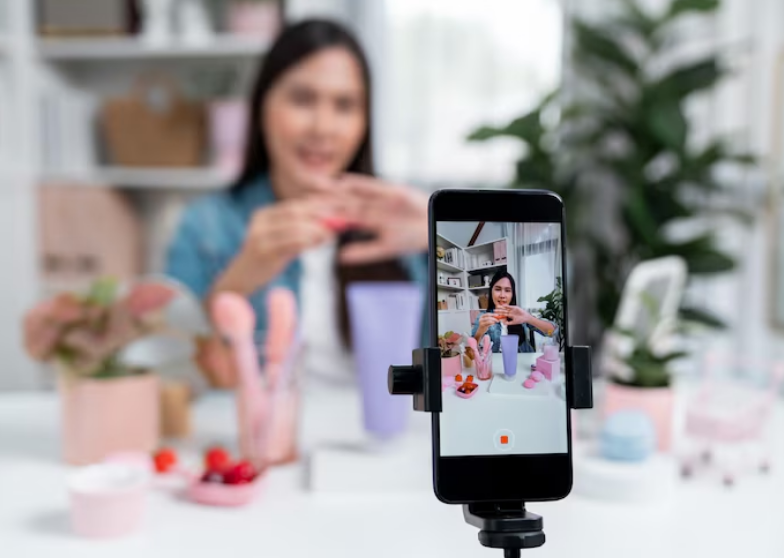
3.Structure Your Instagram Collaboration
Instagram Collaboration models vary, and it’s essential to choose the right one based on your goals:
- Sponsored Posts: In this model, influencers create content featuring your product in exchange for payment.
- Affiliate Marketing: Influencers earn a commission for every sale driven by their unique link or code.
- Product Seeding: Influencers receive complimentary products in exchange for their honest, organic reviews.
Building long-term relationships with influencers (instead of one-off campaigns) can lead to more authentic content and more substantial brand alignment over time.
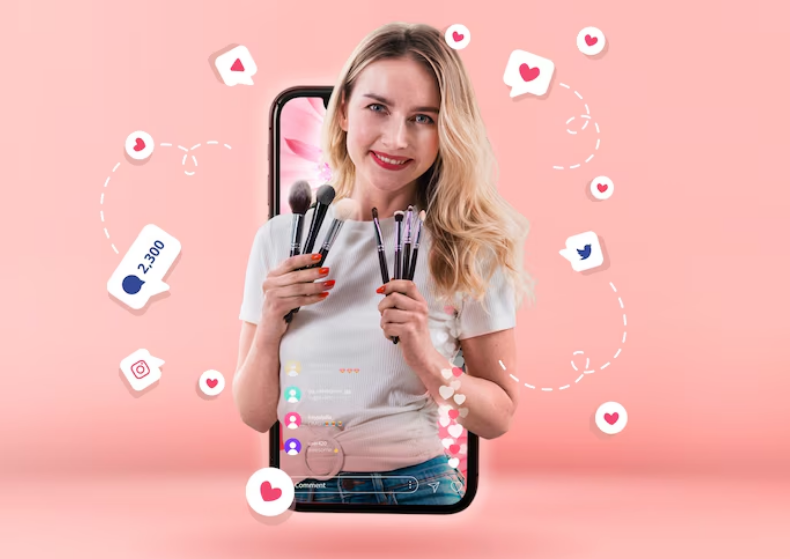
4.Content Creation and Guidelines
While it’s essential to provide clear guidelines for content, allow influencers the creative freedom to make the promotion feel natural and in line with their style. This creates a sense of authenticity, which resonates more with followers.
Furthermore, always ensure compliance with Instagram’s disclosure guidelines, such as using #ad or #sponsored.
Repurpose high-quality content created by influencers across your marketing channels to amplify the campaign’s reach and impact.

Measuring Success and Optimizing Instagram Campaigns
Tracking your influencer campaigns is crucial for measuring success. Key metrics to monitor include:
- Engagement: Likes, comments, shares, saves, and overall interaction with the content.
- Conversions: Sales, website clicks, and coupon code redemptions.
- Follower Growth: Whether the campaign leads to an increase in your own brand’s followers.
Using campaign-tracking tools can help you monitor these metrics in real time. By continuously optimizing based on performance, you can enhance future Instagram collaborations, drive better results, and maximize ROI in influencer marketing.
· The Role of Influencer Engagement
Remember that engagement goes beyond likes and comments. Influencers’ interactions with their audience in the comments section can significantly boost your brand’s community-building efforts.
Encouraging influencers to engage with their followers actively can foster deeper connections.
- Note: One way to increase engagement and repost influencer content is to use tools to download and save Instagram videos and images. Apps like Notisave, an easy-to-use Instagram downloader, can help you quickly save and share valuable content.

Finally
When executed strategically, Collaborations and Influencer Marketing on Instagram offer unparalleled opportunities to elevate brand visibility, drive engagement, and increase sales. This art-and-science blend leads to measurable results and sustainable growth.
Now it’s your turn! What’s the biggest challenge you face when considering an Instagram collaboration? Which type of influencer do you believe would best represent your brand, and why? What specific metric are you most eager to improve through influencer marketing?
Ultimately, consider that your experiences and ideas are invaluable to us regarding “How Do Collaborations & Influencer Marketing Work on Instagram?” and will enrich our article for readers.

How do I choose the right influencer for my brand?
To select the right influencer, consider factors such as audience demographics, engagement rates, content strategy, and relevance to your brand. Tools like social media analytics can help assess potential influencers.
What are the benefits of using micro-influencers?
Micro-influencers typically have smaller but more engaged audiences, leading to higher trust and authenticity. They often result in better ROI due to their niche focus and lower collaboration costs.
How much should I pay an influencer for a collaboration?
Payment varies based on factors such as influencer reach and campaign complexity. On average, micro-influencers may charge $100-$1,000 per post, while larger influencers can demand significantly higher fees.
How can I measure the success of my Instagram influencer marketing campaign?
Success can be measured through various metrics, including engagement rates (likes, comments, shares), reach, website traffic, conversion rates, and overall ROI compared to campaign costs.
Are there any legal requirements for influencer marketing on Instagram?
Yes, influencers on Instagram are required to disclose paid partnerships or sponsorships by FTC guidelines. This includes using hashtags like #ad or #sponsored to maintain transparency with their audience.
